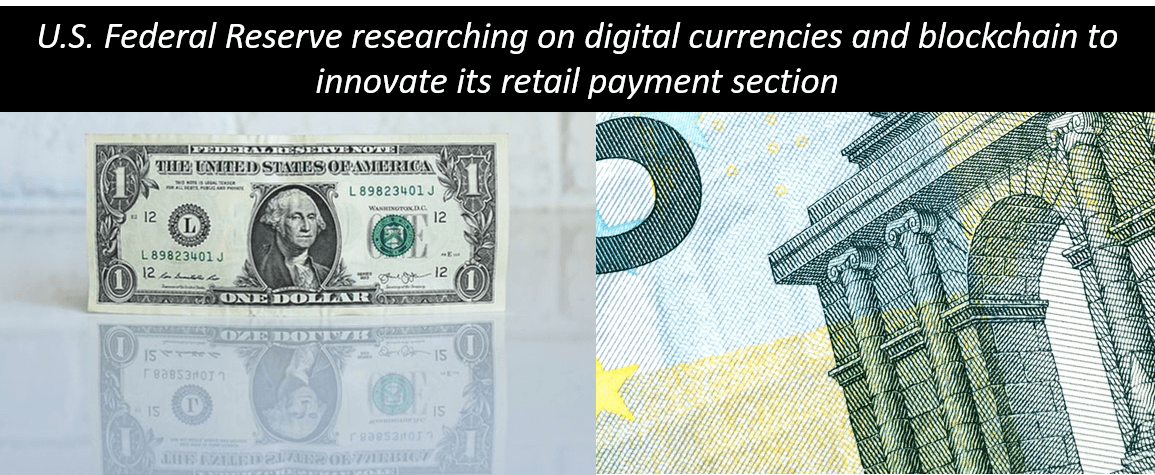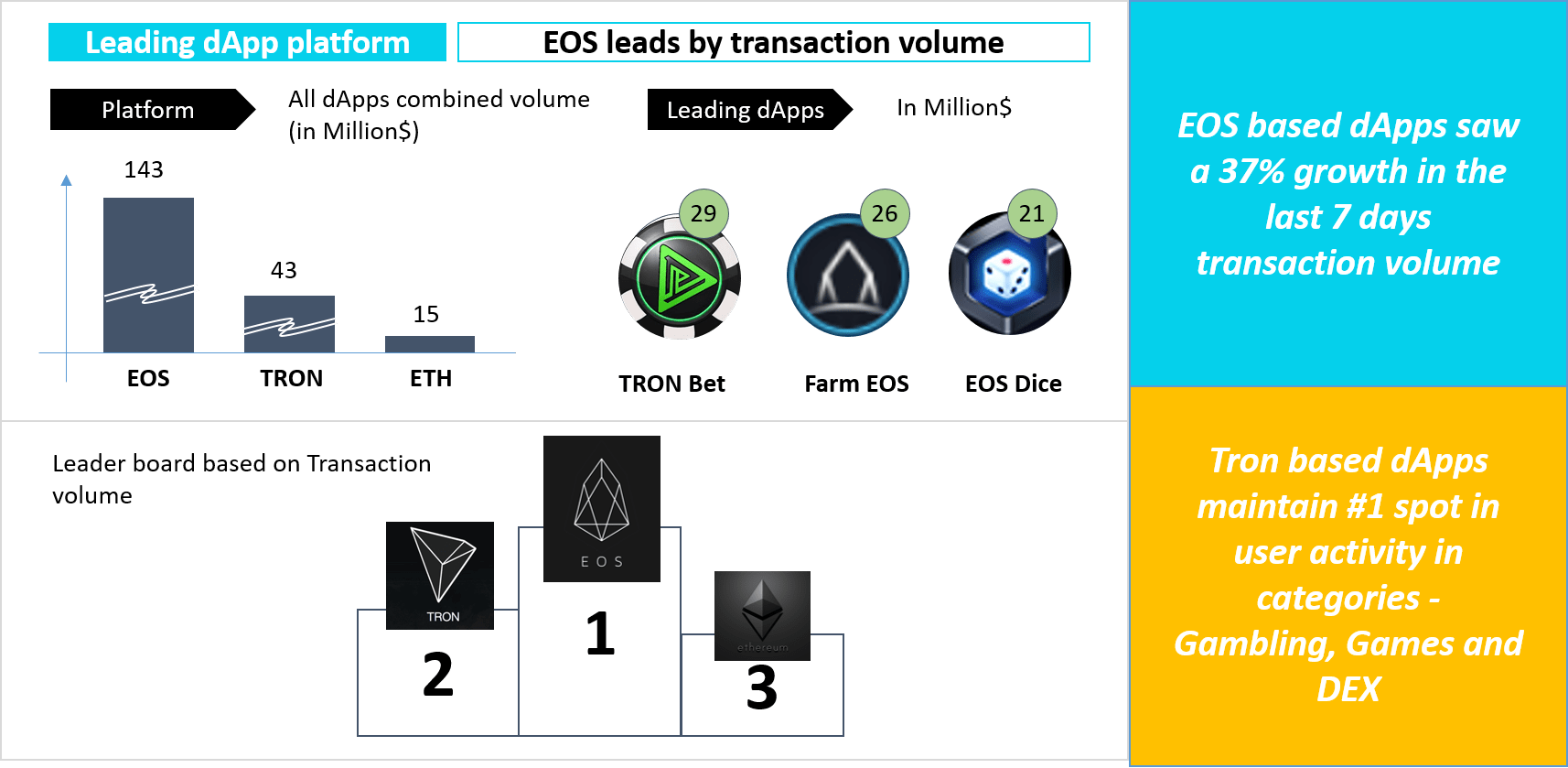Internet Evolution – Web 3.0 and Blockchain role in it
There are trillions of web pages, however, gathering the information that matters to the users is a challenge. Current websites typically have static information or user-driven content, such as forums and social media. While this allows publishing information to a broad group of people, it may not cater to a specific user’s need.
For instance, let’s look at Google searches. There is a sufficient amount of information on the internet that users should be able to find, but in reality, you can’t. You pretty much have to do all the integration in your head. Try a combination of keywords, and see all the stuff that comes out from the google search results. If the results are not what you want, you wonder how I should ask Google to get specific results.
Instead of looking for keywords, web 3.0 focuses on the context of the query as well as the intent of the user in order to fetch the most relevant set of results. It is different from the current search appraoch that only focuses on keyword matching when fetching results from search engines.
Computer scientist Tim Berners-Lee, the inventor of the World Wide Web, explained this idea of a Semantic Web in 1999:
I have a dream for the Web to become capable of analyzing all the data on the Web – the content, links, and transactions between people and computers. A “Semantic Web,” which makes this possible, has yet to emerge, but when it does, the day-to-day mechanisms of trade, bureaucracy, and our daily lives will be handled by machines talking to machines.
Through the use of Blockchain, AI, and advanced machine learning techniques, Web 3.0 aims to create intelligent websites or applications that provide more personalized and relevant information at a faster rate to each individual user.
Evolution of the Internet:
Web applications have changed dramatically over the last decades. They have evolved from static sites to data-driven sites that users can interact with and change.
Web 1.0 (Read-only):
Internet before 1999 was based on the “Read-Only” web. In other words, the early web allowed users to search for information and read it. There was very little in the way of user interaction or content contribution. Websites were built using static HTML pages that only had the ability to display information. The average internet user role in the web 1.0 website was limited to reading the information presented on the website.

The first shopping cart applications which most e-commerce website use, basically fall under the category of web 1.0. The overall goal was to present products for sale to potential customers.
Web 2.0 (Read-Write):
The lack of active interaction of common users with the web leads to the birth of web 2.0. Web 2.0 was less about observation and more about participation.

The year 1999 marked the beginning of a Read-Write-Publish era with notable contributions from Blogger (Launched in Aug 1999). Now even a non-technical user can contribute to the web and actively interact with other web users. Publishing your content is only a few clicks away. This era empowered remarkable developments of web 2.0 such as Twitter, YouTube, and Facebook.
The future ‘Web 3.0’ – The semantic executing web (Read-Write-Execute):
Data was first statically presented to users. Then users could interact with that data dynamically. Now in web 3.0, all of that data will be used by algorithms to improve user experience and make the web more personalized and familiar.
An ocean of information will be available to websites and applications, and they will be able to understand and use that data in a more meaningful way. By extending Tim Berners-Lee’s explanations, the web 3.0 would be a “read-write-execute” web.
One of the challenges to realize the web 3.0 goal is that today web applications are not able to provide context to data, and, therefore, can’t map what is relevant and what is not for the user. If in some way the web can format the data, it will enable the possibility for web 3.0 applications to speak to each other directly. Additionally, it can provide a broader consolidation of information through simpler interfaces or personalize information for the individual user.
Let’s say, there are specific data items on the web – Books, Songs, Articles, and a Person. Web 3.0 tries to understand the relationships of one item with the other. Once a sufficient relationship is established, it puts a context to this sub-group of items.

In web 3.0, by using smart system applications (AI, machine learning, big data, or blockchain) are in a continuous learning process to anticipate what their users like, dis-like. For instance, eCommerce sites could bring their clients the products that other people with the same interest bought before them. Online music that caters to your personalized interest. Even your agenda set by itself on the basis of your profile on LinkedIn, Facebook, and Mails.
Ongoing discussion with Web 3.0 Vision – Role of blockchain:
For creating a personalized user experience in web 3.0, applications would require a layer that stores user behavioral information. This compromises users’ privacy and therefore the idea of the distribution of control. In such a scenario, a distributed ledger can become the layer on which users have control over their data, can decide which applications they allow data access to and where it should be restricted.
The evolution of the Internet has been a long journey and will continue towards further iterations. While there is no concrete definition for web 3.0 yet, it is already set in motion that web 3.0 can be a consortium of different technologies – AI, Machine learning, IoT, Big data, Blockchain – merge together to create an open internet where:
- Users control their own data, destiny, identity, and have content monetization more transparent.
- Better browsing experience as it provides more accurate information that caters to specific needs of individual users.
- Broader information availability by enabling applications to connect and interact with each other.
- Improved advertising and marketing as ads are relevant to one’s interests and needs.



